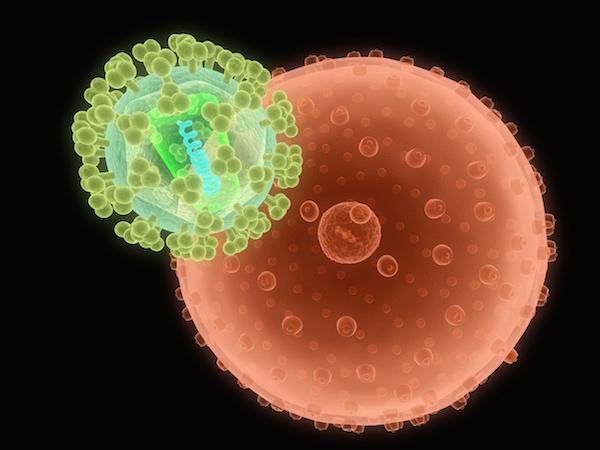
THURSDAY, Dec. 16 (HealthDay News) — U.S. scientists have unraveled the genetic code for the most common type of brain cancer in children.
Gene sequencing reveals that this tumor, medulloblastoma, or MB, possesses far fewer genetic abnormalities than comparable adult tumors.
The discovery that MB has five to 10 times fewer mutations than solid adult tumors could further attempts to understand what triggers the cancer and which treatment is most effective.
“The good news here is that for the first time now we’ve identified the broken genetic pieces in a pediatric cancer, and found that with MD there are only a few broken parts,” said lead author Dr. Victor E. Velculescu, associate professor with the Sidney Kimmel Comprehensive Cancer Center at Johns Hopkins University in Baltimore.
“And that means it’s potentially easier to intervene and to stop it,” he said, likening the cancer to a train that’s speeding out of control.
Velculescu and his colleagues, who report their findings in the Dec. 16 online issue of Science, say this is the first time genetic decoding has been applied to a non-adult cancer.
Each year this cancer strikes about 1 in every 200,000 children younger than 15 years old. Before migrating through the patient’s central nervous system, MBs begin in the cerebellum portion of the brain that is responsible for controlling balance and complicated motor function.
Focusing on 88 childhood tumors, the research team uncovered 225 tumor-specific mutations in the MB samples, many fewer than the number found in adult tumors. This surprised the researchers, given that prior work had not suggested a large genetic difference between childhood and adult malignancies.
The discovery could help improve the way MB is classified and treated. “We now have the pieces of the puzzle which are altered in this particular tumor type,” noted Velculescu. “And what we have to do is figure out how these pieces can be put together and come up with new avenues for targeted therapies that take advantage of these differences.”
At least one expert, Dr. Isabelle M. Germano, director of the brain tumor treatment program at Mount Sinai Medical Center in New York City, agrees that the finding gives researchers a new leg up on a killer disease.
“Theoretically this study — which postulates that because there are fewer mutations it might be easier to target those mutations — could raise hope for finding a more successful way of dealing with MB,” Germano said.
“So this is an improvement in our understanding of what we’re dealing with. And once we understand better the mechanisms at the base of this illness, it becomes more possible to develop treatment options … or, if possible, even prevent it from occurring in the first place,” she said.
While not a common disease, MB accounts for 10 to 20 percent of all primary tumors among children, Germano said. “And outcomes have actually been improving as we come to know more about it, with five-year survival around 80 percent for patients older than 3.
“But for infants [the five-year survival rate] is just 30 percent,” she said. “So at the present time mortality can be pretty high.”
More information
For more on medulloblastoma, visit the American Society of Clinical Oncology.

